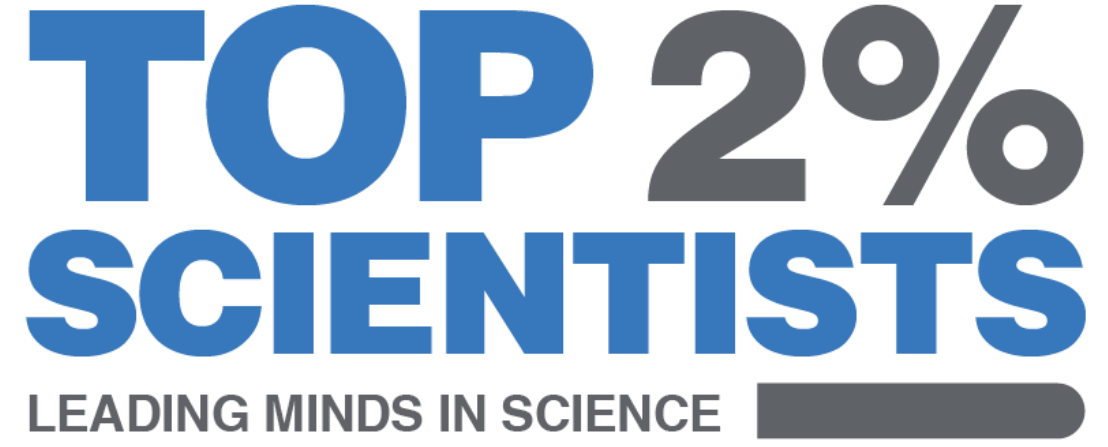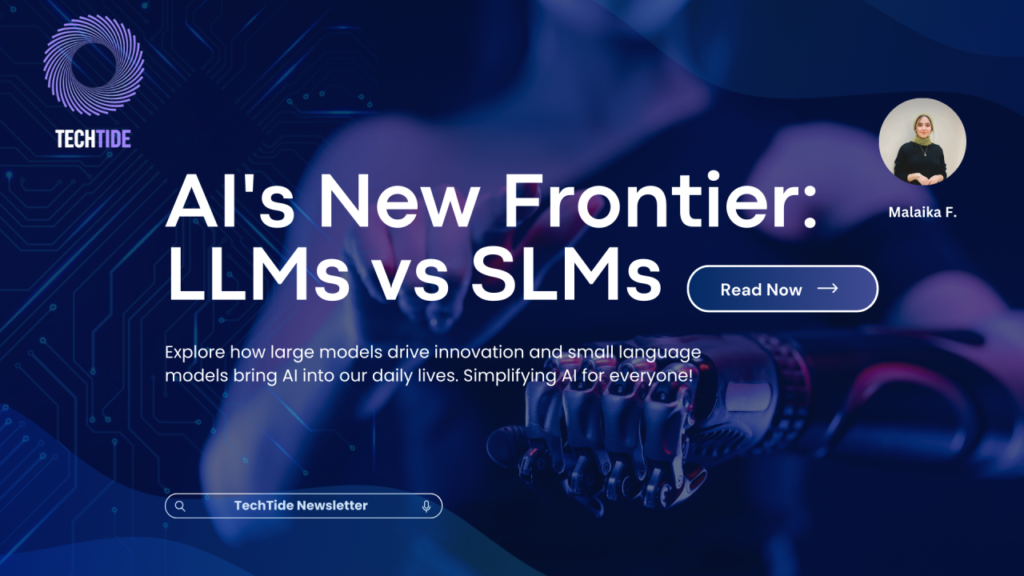The field of artificial intelligence is evolving rapidly, with Large Language Models (LLMs) like GPT-4 and Small Language Models (SLMs) becoming key players in the AI space. Each serving different needs across various industries.
The Power of LLMs
LLMs are at the core of transformative technologies. They have massive architectures, often containing hundreds of billions of parameters, which allow them to understand and generate human-like text with incredible depth. These models have proven to be revolutionary in applications such as chatbots, content creation, and even coding assistants like GitHub Copilot. The vast amount of data these models can process enables them to provide nuanced responses across a wide array of topics.
However, the sheer size of LLMs requires substantial computational resources, making them costly and inaccessible for many users. They are ideal for high-performance tasks but not necessarily suited for use on smaller devices or when real-time processing is needed.
The Rise of SLMs
Small Language Models (SLMs), on the other hand, are emerging as a game-changing alternative. These models, while still powerful, contain fewer parameters; often in the billions rather than hundreds of billions. This allows SLMs to operate more efficiently on devices with lower computational power, such as smartphones. Despite their reduced size, recent advancements show that SLMs can achieve performance levels comparable to LLMs in certain tasks, particularly when optimized with high-quality training data.
Microsoft, for instance, has developed Orca and Phi, two SLMs that challenge the need for large-scale models. These smaller models not only democratize access to AI technology but also enable real-time, offline usage without relying on cloud infrastructure. This opens the door to applications like AI-powered personal assistants, real-time translators, and even creative tools that can work seamlessly on the go.
Why the Shift Matters
The shift towards SLMs is crucial for making AI more accessible and sustainable. While LLMs are invaluable for heavy computational tasks, SLMs offer the flexibility and efficiency needed for broader, everyday applications. This dual-path development ensures that AI continues to innovate while addressing the constraints of scale and resource availability.
Conclusion
In the coming years, both LLMs and SLMs will play significant roles in shaping AI’s future. The challenge lies in balancing power with efficiency, and current advancements indicate a promising future where AI becomes a part of everyday life without compromising on performance.
Definitions
Large Language Models (LLMs): AI models with vast architectures (often with billions of parameters) that excel in understanding and generating complex human-like text. They power applications like chatbots and coding assistants
Small Language Models (SLMs): A scaled-down version of LLMs, optimized for efficiency and capable of performing tasks on smaller devices with fewer resources
Parameters: Variables within AI models that are adjusted during training to learn from data and influence the model’s behavior
Training Data: Datasets used to teach AI models to perform specific tasks by learning patterns and relationships
Deep Learning: A subset of machine learning that uses multi-layered neural networks to model complex patterns in large datasets, powering both LLMs and SLMs
References
Microsoft’s Developments in LLMs and SLMs
Large Language Models: What They Are and Why They Matter
Deep Learning Overview by IBM
For more articles by me, please explore my newsletter @ TechTide on LinkedIn or here @ Top2PercentScientists




Very interesting and well-structured article! The website is an amazing
platform for learning new things.